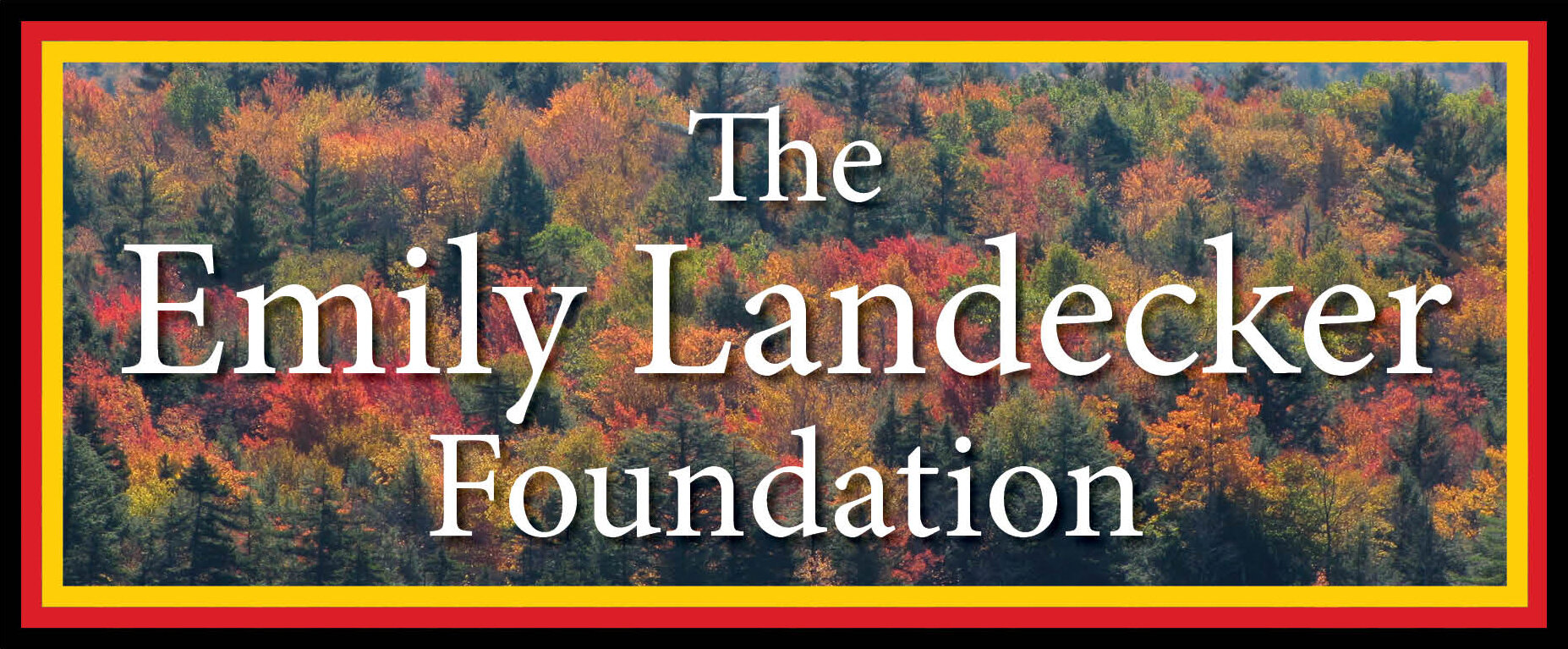What We Can Do To Support Wildlife
WHETHER WE OWN A SMALL LOT OR 100+ ACRES, WE CAN ALL DO SOMETHING TO HELP WILDLIFE
Vernal pools provide spring breeding habitat for several amphibian species
- Maintain buffers of native trees, shrubs, and grasses along streams and wetlands to provide protected wildlife travel corridors and feeding nesting areas.
- Protect vernal pools for the amphibians and invertebrates that rely on them as critical habitat by providings undisturbed forested buffers and maintaining adjacent forest land.
- Plant native trees and shrubs that provide natural foods for wildlife, including migrants.
- Identify and remove non-native, invasive trees and shrubs, which generally produce poor quality foods for wildlife and outcompete native plants offering more nutritious fare.
- Cluster buildings and minimize driveway, trail, and cleared areas to maximize natural, unfragmented wildlife habitat.
- Remove unnecessary fencing and other man-made barriers that impede the natural flow of water and wildlife movement.
- Leave mature trees, snags and woody debris in forested areas for wildlife shelter, food and nesting sites.
- Avoid using pesticides, herbicides, and other harmful chemicals, especially near water.
- Work with neighbors, neighborhood groups, and neighboring communities to protect core wildlife habitat and connecting travel corridors vital to far-roaming species.
- Include wildlife habitat in your forest management plans.
- Have foresters include information in your forest management plans about how your land fits ecologically into the larger landscape.
- Consider deed restrictions or a conservation easement on all or a portion of your land to protect it and leave a lasting legacy for wildlife and future Vermonters to enjoy.
This snag has provided shelter for many animals
MAINTAINING WILDLIFE HABITAT AND CONNECTIVITY
One of the thrills of living in our area is seeing wildlife as it moves through the landscape from one habitat type to another, perhaps feeding on wetland plants in the spring, nuts and berries from uplands in the summer and fall, and retreating to coniferous forests for the winter. For the most part, animals still successfully travel between these different habitats. However, with most land in the region privately owned and subject to development, it's up to individual landowners to keep wildlife habitats diverse, intact, interconnected, and accessible. Our wildlife populations depend on maintaining habitat (minimizing fragmentation) and connectivity among habitats (wildlife corridors).
Unfragmented land with linking corridors, provide wildlife access to essentials: food, water, cover, space, and breeding areas.
Not only wildlife benefit from unfragmented land.
We do too!
Unfragmented land provides:
- Clean air, clean water, flood protection, and ground water recharge
- Forest and agriculture-based businesses and future land management options
- Open space for solitude and for diverse recreational pursuits, such as hiking, hunting, and birding
Photos: moose, Golden Acres Photography; bear, Tom Rogers, Vermont Fish and Wildlife Department; bobcat, Mark Freeman, Vermont Fish and Wildlife Department
WHAT CAN WE DO TO MAINTAIN WILDLIFE CORRIDORS?
Wildlife corridors are patches or strips of forested land that link different habitats. Here are some ways to provide and enhance wildlife habitat connectivity:
- The wider the corridor, the better, an optimum width of 1000+ feet will provide a corridor for all wildlife. However, broad strips of forest between development, or even shrub thickets and hedgerows can provide some wildlife with protection and the means for movement across the landscape.
- Maintain and enhance riparian buffers (native trees, shrubs, and grasses along streams and wetlands) to provide protected wildlife travel corridors, feeding, and nesting areas.
- Work with neighbors to coordinate corridors from one parcel to another.
- Encourage your forester to coordinate their management plan’s wildlife habitat and corridors with foresters working on adjacent parcels.
- Drainage culverts under roads are often used by wildlife such as fox, fisher, and bobcat. Leaving forested areas on each side of the road leading to the culvert will provide animals continued safe passage under the road. New drainage culverts should be oversized to provide passage for larger animals.
- Use box culverts over streams. They provide dry land on either side of the stream with additional height and can be used as a wildlife crossing under the road for larger animals.
WHAT CAN WE DO TO MINIMIZE FRAGMENTATION?
- Place buildings close to the road and not in the middle of the fields or forest.
- Cluster buildings near one another to minimize driveways and maximize unfragmented wildlife habitat
- Consider wildlife habitats when managing your land.
- Work with neighbors and neighboring communities to provide and protect core wildlife habitat and connecting travel corridors vital to far-roaming species.
- Consider long-term protection, placing a deed restriction or conservation easement on all or a portion of your land to permanently protect wildlife habitat by limiting future development.
HOW WE DEVELOP LAND HAS A BIG IMPACT ON THE LANDSCAPE
This is difficult to visualize.
Compare these images to see how our choices alter the landscape. The lower pictures both show a future landscape, each with the same number of additional houses.
Left: some rural land as it is today.
Lower left: what the future will look like if current development patterns continue.
Lower right: the future with new houses close to the road and clustered, minimizing fragmentation.
The same development patterns are fragmenting Vermont’s forests!
Here are examples in Vermont showing clustered development that minimizes fragmentation and development commonly seen today.















